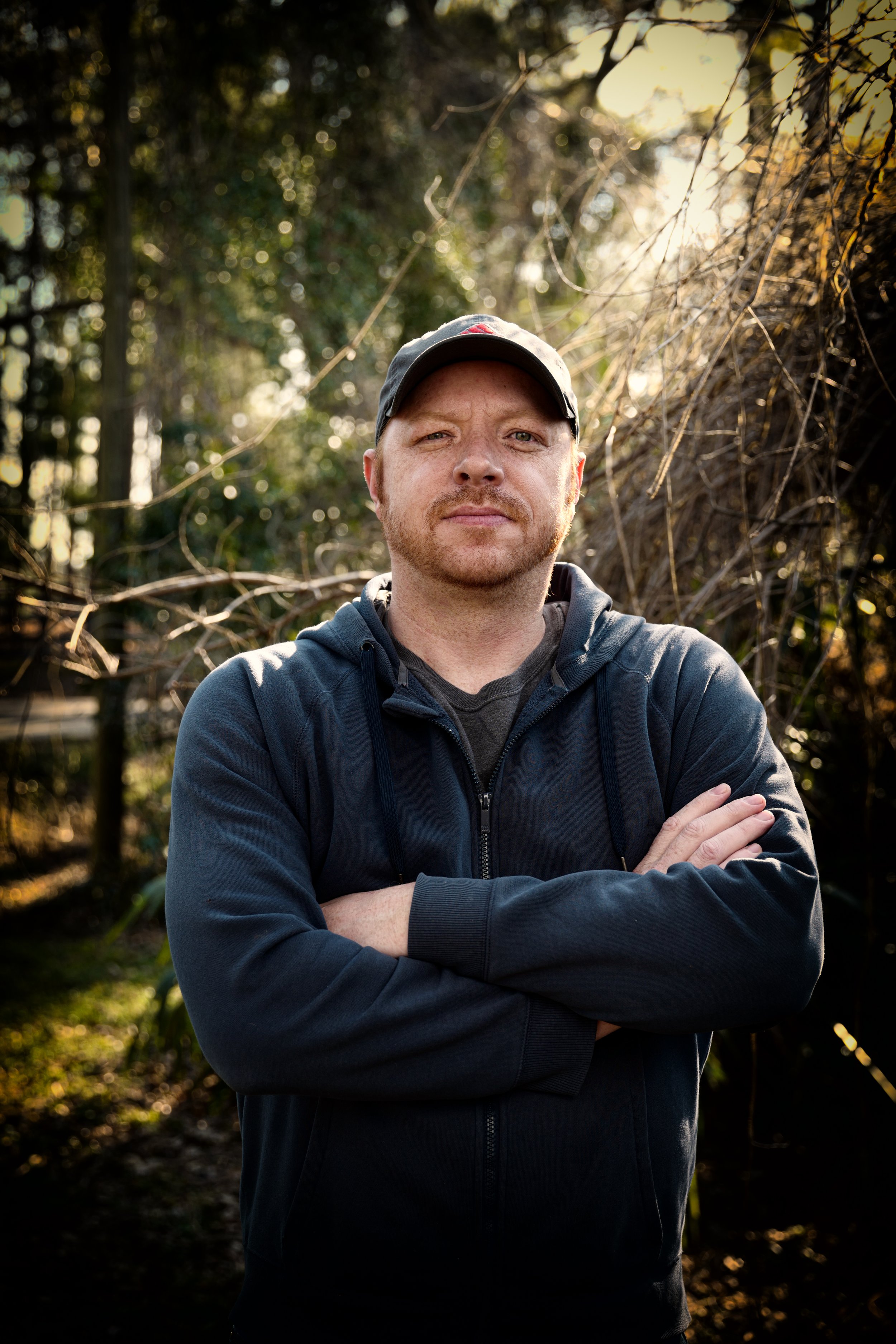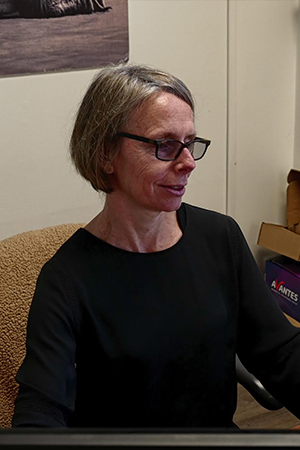The Greatest Guide To Uv/vis
The Greatest Guide To Uv/vis
Blog Article
More About Circular Dichroism
Table of ContentsHow Uv/vis can Save You Time, Stress, and Money.Uv/vis/nir Can Be Fun For EveryoneThe 10-Minute Rule for Uv/vis/nirCircularly Polarized Luminescence for DummiesSome Known Questions About Circular Dichroism.

Spectrophotometry is most frequently applied to ultraviolet, visible, and infrared radiation, modern spectrophotometers can question large swaths of the electromagnetic spectrum, consisting of x-ray, ultraviolet, noticeable, infrared, and/or microwave wavelengths. Spectrophotometry is a tool that depends upon the quantitative analysis of particles depending on how much light is absorbed by colored substances.
Everything about Circularly Polarized Luminescence
A spectrophotometer is frequently utilized for the measurement of transmittance or reflectance of options, transparent or opaque solids, such as refined glass, or gases. Although numerous biochemicals are colored, as in, they soak up visible light and therefore can be measured by colorimetric treatments, even colorless biochemicals can often be converted to colored compounds appropriate for chromogenic color-forming responses to yield substances ideal for colorimetric analysis.: 65 Nevertheless, they can likewise be designed to determine the diffusivity on any of the listed light varieties that usually cover around 2002500 nm using various controls and calibrations.
An example of an experiment in which spectrophotometry is utilized is the decision of the equilibrium constant of a solution. A particular chemical reaction within an option might happen in a forward and reverse instructions, where reactants form items and products break down into reactants. Eventually, this chemical response will reach a point of balance called a balance point.
Getting The Spectrophotometers To Work
The amount of light that travels through the solution is a sign of the concentration of certain chemicals that do not enable light to go through. The absorption of light is due to the interaction of light with the electronic and vibrational modes of molecules. Each type of particle has an individual set of energy levels connected with the makeup of its chemical bonds and nuclei and hence will absorb light of particular wavelengths, or energies, leading to unique spectral properties.
Making use of spectrophotometers covers numerous clinical fields, such as physics, products science, chemistry, biochemistry. circular dichroism, chemical engineering, and molecular biology. They are extensively used in numerous markets consisting of semiconductors, laser and optical production, printing and forensic evaluation, in addition to in laboratories for the study of chemical substances. Spectrophotometry is frequently utilized in measurements of enzyme activities, decisions of protein concentrations, determinations of enzymatic kinetic constants, and measurements of ligand binding reactions.: 65 Ultimately, a spectrophotometer has the ability to identify, depending on the control or calibration, what compounds are present in a target and precisely how much through calculations of observed wavelengths.
Created by Arnold O. Beckman in 1940 [], the view spectrophotometer was created with the aid of his coworkers at his business National Technical Laboratories founded in 1935 which would become Beckman Instrument Business and eventually Beckman Coulter. This would come as a service to the formerly produced spectrophotometers which were not able to absorb the ultraviolet properly.
The Facts About Uv/vis/nir Revealed
It would be found that this did not give satisfying outcomes, for that reason in Model B, there was a shift from a glass to a quartz prism which enabled better absorbance outcomes - circular dichroism (https://pastebin.com/u/olisclarity1). From there, Design C was born with an adjustment to the wavelength resolution which ended up having 3 units of it produced
It was produced from 1941 to 1976 where the rate for it in 1941 was US$723 (far-UV devices were a choice at extra expense). In the words of Nobel chemistry laureate Bruce Merrifield, it was "most likely the most important instrument ever established towards the improvement of bioscience." Once it ended up being ceased in 1976, Hewlett-Packard created the very first commercially offered diode-array spectrophotometer in 1979 referred to as the HP 8450A. It irradiates the sample with polychromatic light which the sample takes in depending upon its properties. Then it is transferred back by grating the photodiode array which finds the wavelength region of the spectrum. Since then, the creation and execution of spectrophotometry gadgets has increased exceptionally and has turned into one of the most innovative instruments of our time.

Not known Facts About Uv/vis/nir
The grating can either be movable or fixed.
In such systems, the grating is fixed and the strength of each wavelength of light is determined by a different detector in the array. Additionally, most modern-day mid-infrared spectrophotometers utilize a Fourier change method to obtain the spectral details - https://www.blogtalkradio.com/olisclarity1. This strategy is called Fourier change infrared spectroscopy. When making transmission measurements, the spectrophotometer quantitatively compares the fraction of light that goes through a reference service and a test solution, then digitally compares the intensities of the 2 signals and calculates the percentage of transmission of the sample compared to the reference standard.

Report this page